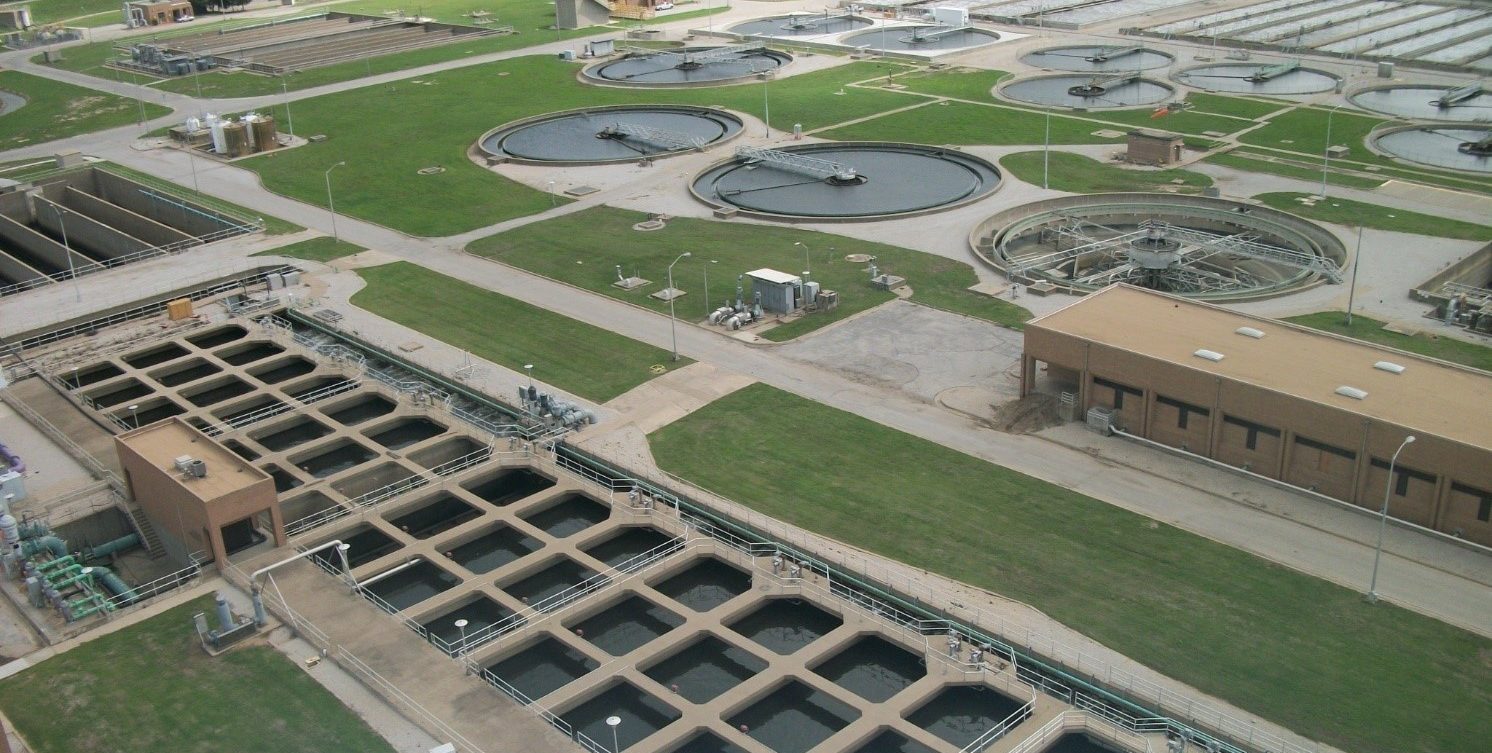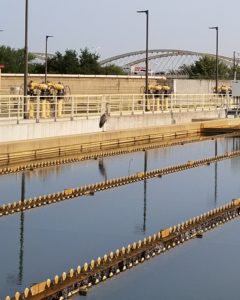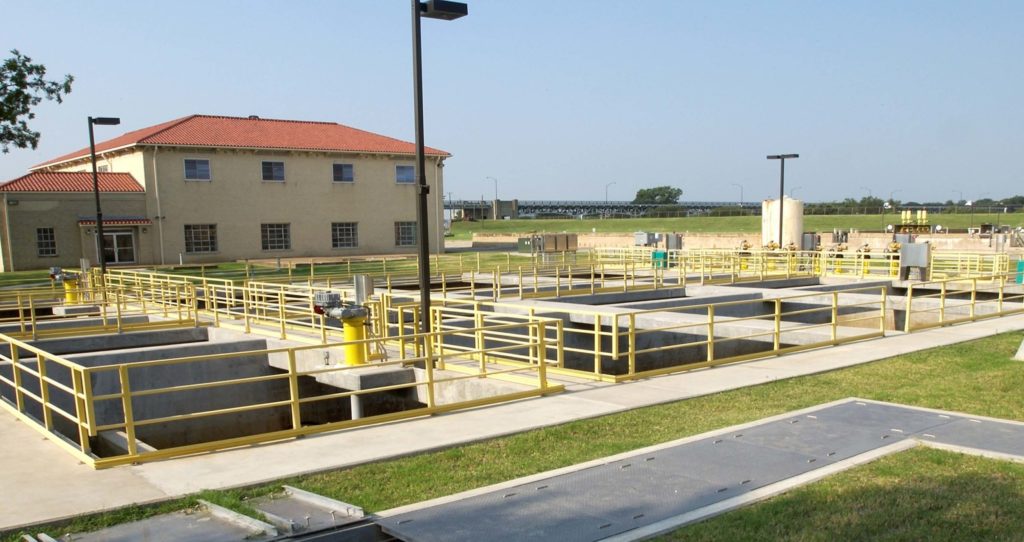Helping Refine Fort Worth’s Water Asset Management Strategy
Like homeowners or investors with multiple accounts, cities have a variety of assets to keep track of and maintain to get the most mileage out of their money. Assets can include physical facilities, such as buildings and water treatment plants, but also employees, along with their skills and institutional knowledge.
For a city the size of Fort Worth — at population 873,130 and growing, it’s the 13th-largest city in the nation — taking care of thousands of assets and maximizing their value requires careful, comprehensive planning and coordination.

Leaders of the City of Fort Worth’s Water Department recognized that their efforts to manage a water distribution and wastewater collection system that includes more than 6,500 miles of pipelines providing service to more than 1.2 million people, including 36 wholesale customers, needed to be consolidated through a more comprehensive and coordinated approach. Working with a team from Freese and Nichols, Fort Worth Water undertook a broad-ranging study of its assets that involved hours of frank and in-depth evaluations throughout the department, involving staff ranging from frontline operations workers to top-level managers.
The examination has led to a Strategic Asset Management Plan that’s expected to result in savings for FWW, make critical decision-making more consistent across the department and better align its operation with overall City goals.
The Process
Fort Worth Water already had taken various steps to systematically manage assets, including developing a water/wastewater master plan, tracking capital improvement projects and determining the vulnerabilities of aging systems such as pipelines.
But the department, which provides water and sewer services to more than 1.2 million customers in Tarrant and surrounding counties, sought a more methodical approach that improved coordination among divisions.
 The department opted for a study approach developed by the Institute of Asset Management, an international organization that provides guidelines and best practices for systematically keeping track of and getting the most out of asset investments.
The department opted for a study approach developed by the Institute of Asset Management, an international organization that provides guidelines and best practices for systematically keeping track of and getting the most out of asset investments.
The first step was a comprehensive analysis, known as an Asset Management Maturity Assessment, during which thoughtfully selected focus groups consisting of staff and leadership looked at dozens of questions such as these:
- Are technology tools adequate?
- Do frontline workers and management agree on staffing levels needed to serve Fort Worth’s growing population?
- Are plans for shutdowns during storms or flooding clear and workable for everyone involved?
- Does the department have risk-mitigation and contingency plans in place?
- How well do processes support development of an annual capital improvement plan?
The goal was multifaceted:
- Clearly define assets and help all staff understand the department’s goals
- Determine where perspectives differed, why and how to address the situation
- Find out where effort was being duplicated unnecessarily
- Identify gaps in planning, strategies, information documentation, organizational structure and elsewhere
The Results
The data gathered through these meetings helped define strengths, as well as areas where small changes could yield big wins and where significant time and attention were needed to meet expectations.
As a result of the assessment, employees across the department gained a more consistent view of the asset management program and how their jobs fit into the larger picture. The process also gave the management team better insight into what staff faced in daily operations.
Leading up to the assessment, a group of some engineers and planning staff had moved to a strategic operations division to focus on strategies, policies and planning initiatives. The assessment helped identify areas where this group could coordinate across the department.
Bringing the department under a more comprehensive asset management framework has helped define clear objectives for continuing improvement and a strategy for reaching them. It has encouraged policy collaboration with other city departments, such as coordination with Transportation and Public Works related to streets, storm response and new development. The Water Department also is beefing up its documentation across the board, which will aid data-driven decision-making about major expenditures by providing reliable information on costs, benefits and risks of inaction.
Lessons Learned
 Fort Worth’s experience yielded several lessons for maximizing benefits from the asset management maturity assessment process:
Fort Worth’s experience yielded several lessons for maximizing benefits from the asset management maturity assessment process:
- Choose an assessment methodology that matches your organization’s objectives
- Tailor assessment questions to your organization’s structure and situation
- Design focus groups to capture straightforward feedback across the employee spectrum, from frontline workers to management
- Separate senior management and technical staff during focus group interviews to ensure openness
- Start focus group meetings with a brief explanation of asset management principles and definitions so everyone has a similar understanding about the undertaking